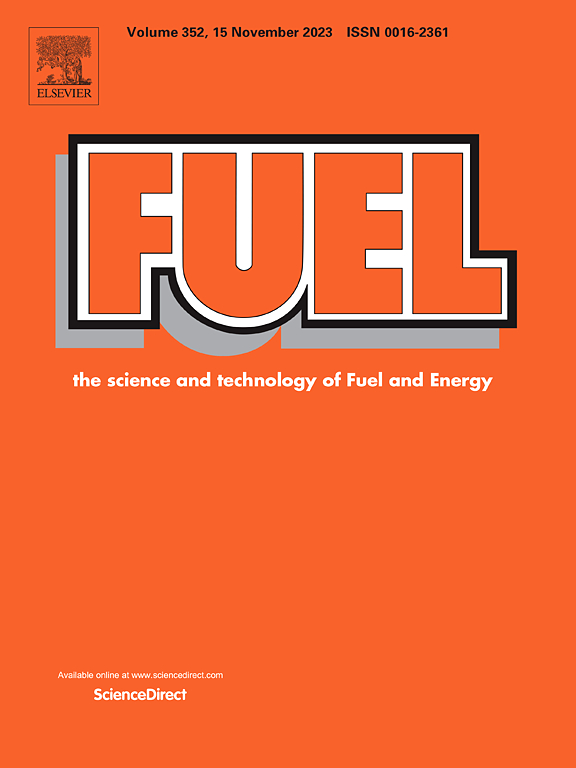Dry reforming of methane for CO2 conversion using sintering-resistant halloysite-supported Ni catalysts enhanced by alkaline-earth metal oxide promoters
IF 6.7
1区 工程技术
Q2 ENERGY & FUELS
引用次数: 0
Abstract
The dry reforming of methane (DRM) provides a sustainable approach for mitigating greenhouse gas emissions by utilizing methane (CH4) and carbon dioxide (CO2) to produce syngas, which is essential for hydrogen production and the synthesis of clean fuels and chemicals, supporting both greenhouse gas reduction and energy transition goals. This process aligns with global sustainability efforts by offering a viable method for CO2 utilization and contributing to the reduction of greenhouse gases.
This study focuses on the development and evaluation of nickel (Ni)-based catalysts supported on halloysite nanotubes (HA), enhanced with alkaline-earth metal oxides (MgO, BaO, and CaO) as promoters. By addressing challenges such as carbon deposition and catalyst deactivation, the research investigates the structural, catalytic, and stability characteristics of these innovative materials.
Catalysts were synthesized using incipient-wetness impregnation and characterized by advanced techniques, including XRD, BET, FESEM, EDS, dot-mapping, H2-TPR, H2-TPD, CO2-TPD, raman spectroscopy, and TGA, to determine their structural properties, reducibility, and resistance to coke formation. The MgO-promoted Ni/HA catalyst emerged as the most effective, achieving superior CH4 and CO2 conversions, improved syngas yields, and enhanced resistance to carbon deposition and sintering during long-term DRM operations at 700 °C. Notably, the 3 %Mg-15 %Ni/HA catalyst exhibited the highest CH4 and CO2 conversions, reaching 73 % and 79 %, respectively. Key findings include a significant reduction in Ni particle size and better dispersion on the HA support, attributed to the promoter effects.
This study highlights the potential of halloysite-supported Ni catalysts, particularly MgO-promoted variants, as robust and efficient candidates for DRM applications, offering a promising solution for greenhouse gas mitigation and syngas production under industrial conditions.

求助全文
约1分钟内获得全文
求助全文
来源期刊

Fuel
工程技术-工程:化工
CiteScore
12.80
自引率
20.30%
发文量
3506
审稿时长
64 days
期刊介绍:
The exploration of energy sources remains a critical matter of study. For the past nine decades, fuel has consistently held the forefront in primary research efforts within the field of energy science. This area of investigation encompasses a wide range of subjects, with a particular emphasis on emerging concerns like environmental factors and pollution.
 求助内容:
求助内容: 应助结果提醒方式:
应助结果提醒方式:


